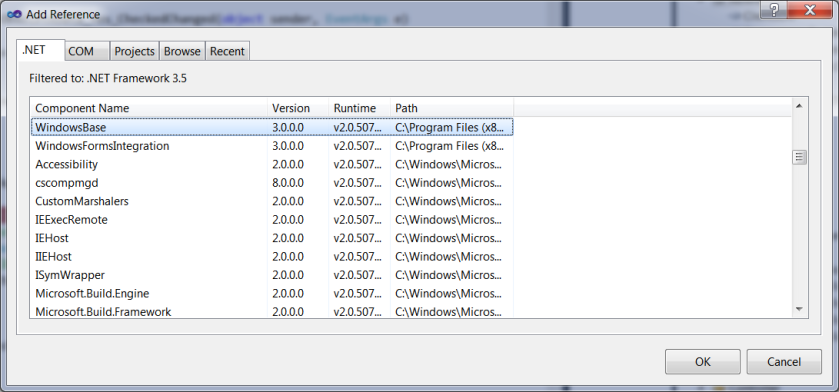Sometimes it can be challenging to read the Details view in a ListView, especially if the rows are long. This article shows how to add shading to every second row to make a ListView easier to read.
As you may know, you can alter the appearance of individual ListViewItem’s such as the Font and BackColor. But these values are ignored unless you set the item’s UseItemStyleForSubItems property to true.
The following code demonstrates how to shade every other row in a ListView:
ListView listView = this.ListView_Products;
listView.View = View.Details;
int i = 0;
Color shaded = Color.FromArgb( 240, 240, 240 );
foreach (Product product in products)
{
ListViewItem item = new ListViewItem( product.Name );
item.SubItems.Add( product.Version );
item.SubItems.Add( product.Description );
item.SubItems.Add( product.Status );
if (i++ % 2 == 1)
{
item.BackColor = shaded;
item.UseItemStyleForSubItems = true;
}
listView.Items.Add( item );
}
VB .NET Code:-
Dim listView As ListView = Me.ListView_Products
listView.View = View.Details
Dim i As Integer = 0
Dim shaded As Color = Color.FromArgb(240, 240, 240)
For Each product As Product In products
Dim item As New ListViewItem(product.Name)
item.SubItems.Add(product.Version)
item.SubItems.Add(product.Description)
item.SubItems.Add(product.Status)
If System.Math.Max(System.Threading.Interlocked.Increment(i),i – 1) Mod 2 = 1 Then
item.BackColor = shaded
item.UseItemStyleForSubItems = True
End If
listView.Items.Add(item)
Next
